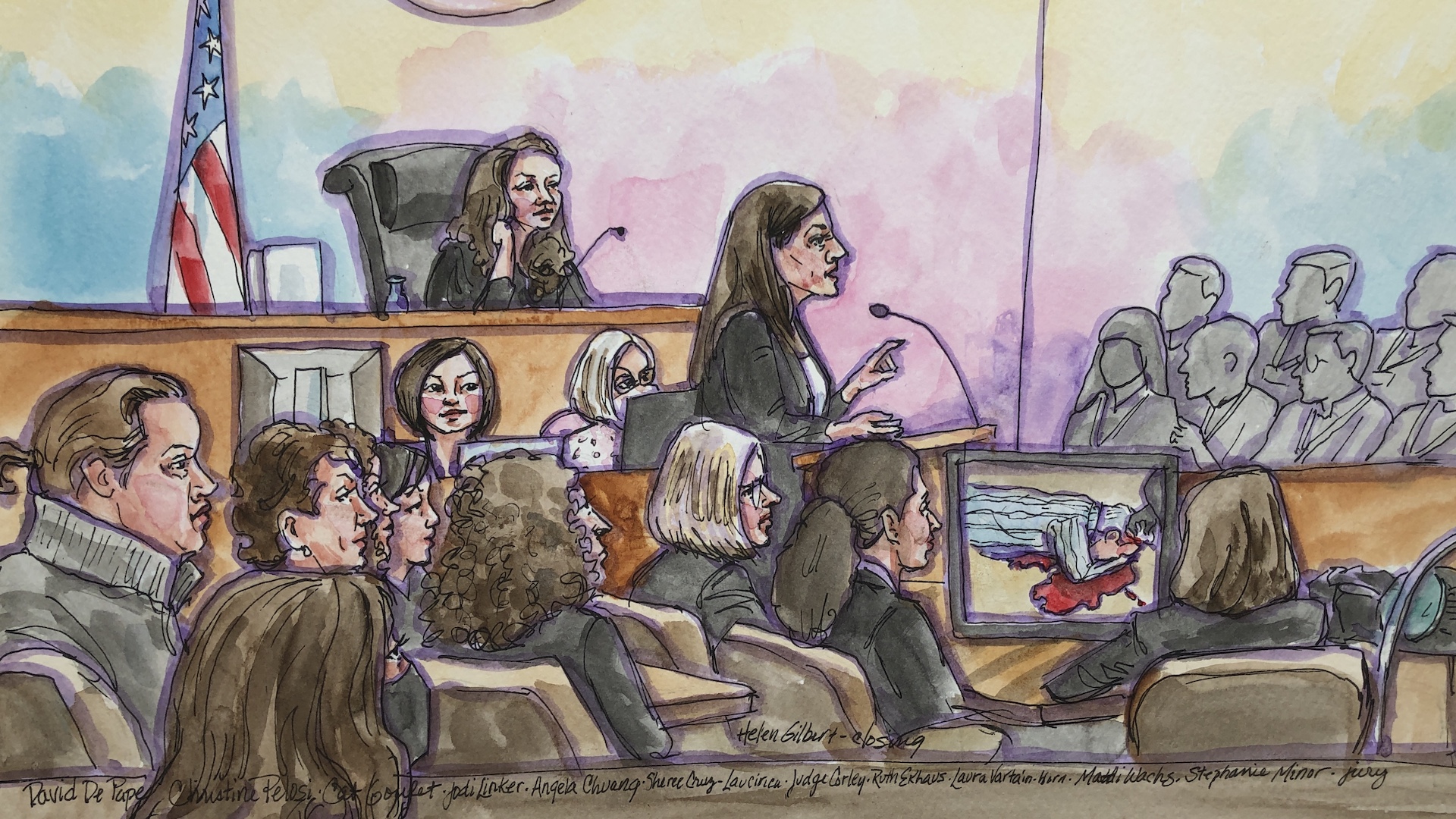Federal prosecutors and defense attorneys made closing arguments Wednesday in the trial of David DePape, the man facing life in prison for attempting to kidnap former House Speaker Nancy Pelosi and assaulting her husband, Paul Pelosi, last year.
The jury began deliberating late Wednesday morning.
The four-day trial in a San Francisco courtroom focused on DePape’s failed plan to kidnap Nancy Pelosi by breaking into her San Francisco home early in the morning on Oct. 28, 2022. He found the former speaker of the House was not home, which he said was not part of his plan. He held Paul Pelosi hostage until police officers arrived, then bludgeoned him in the head with a hammer in front of them.
“It was not a very well-thought-out plan,” DePape’s attorney, Assistant Federal Public Defender Angela Chuang, told the jury in her closing argument.
DePape’s defense attorneys do not dispute that he hit Paul Pelosi with a hammer or that he planned to capture Nancy Pelosi. Rather, the defense argued that he was motivated by outlandish conspiracy theories, not Pelosi’s official position at the time as House speaker.
That’s a key distinction in considering both federal charges against DePape, which require that the suspect had the “intent to impede, intimidate, or interfere” with a federal official’s duties or “on account of” those duties.
That strategy echoes ones used by attorneys defending Jan. 6, 2021 insurrectionists earlier this year, including arguments that focused on defendants’ conspiratorial leanings and portrayed them as unaware of the “official duties” of their targets. Those tactics have reportedly largely been unsuccessful, although at least one Jan. 6 defendant did face lesser charges after making such an argument.

“The ‘why’ matters here,” Chuang said. “This case isn’t about whether they proved beyond a reasonable doubt if Mr. DePape went to the Pelosi’s home that night and hit Mr. Pelosi on the head with a hammer. Of course, he did.”
Throughout the case — including during DePape’s testimony on Tuesday — the defense attempted to demonstrate that he targeted Nancy Pelosi for her politics, not for her congressional duties.
But during the prosecution’s closing argument, Assistant U.S. Attorney Helen Gilbert dismissed that argument as a “made-up distinction.”
Prosecutors spent much of the trial breaking down the savage hammer attack that, in real-time, lasted only moments. Police witnesses, photographs, slow-motion video, and testimony from Paul Pelosi himself highlighted the brazenness of DePape’s entry into the Pelosi home, in which he struck a glass door with his hammer more than a dozen times, and emphasized the shocking way in which he ultimately wielded that hammer to fracture Paul Pelosi’s skull.

